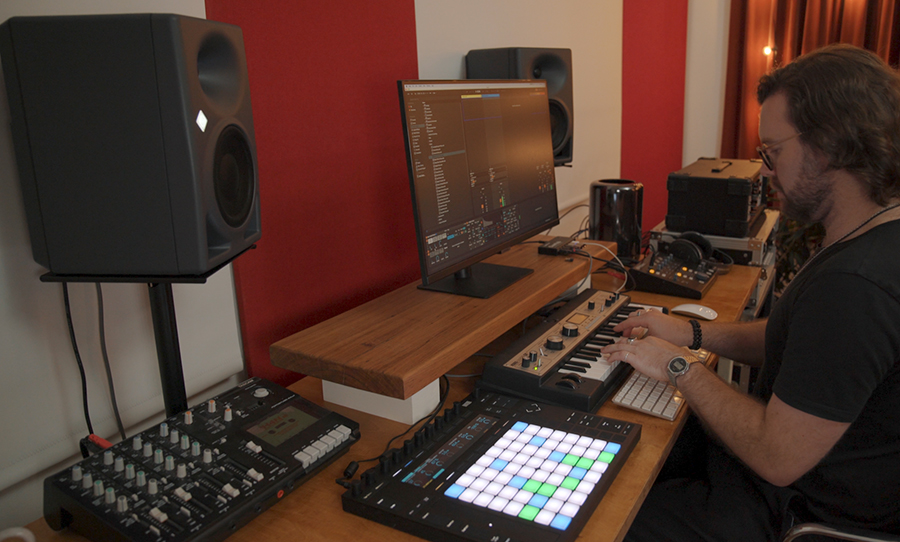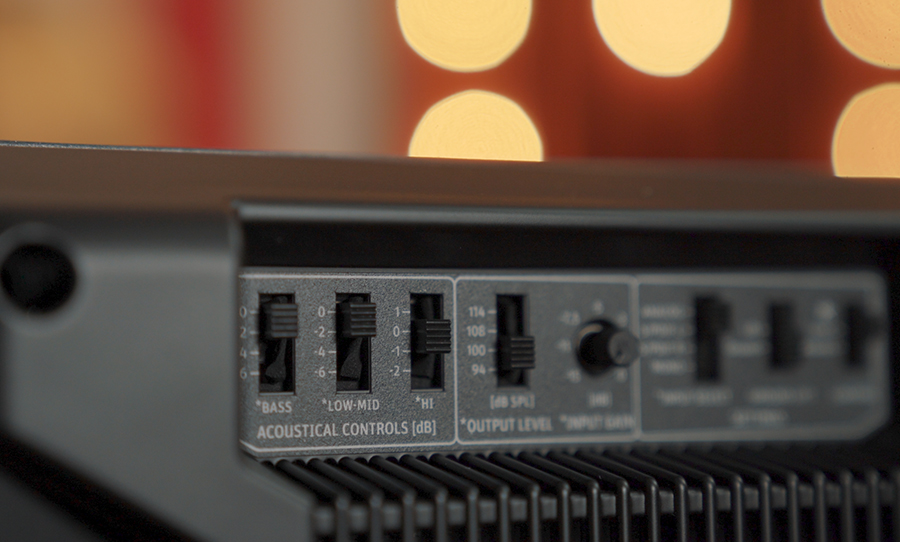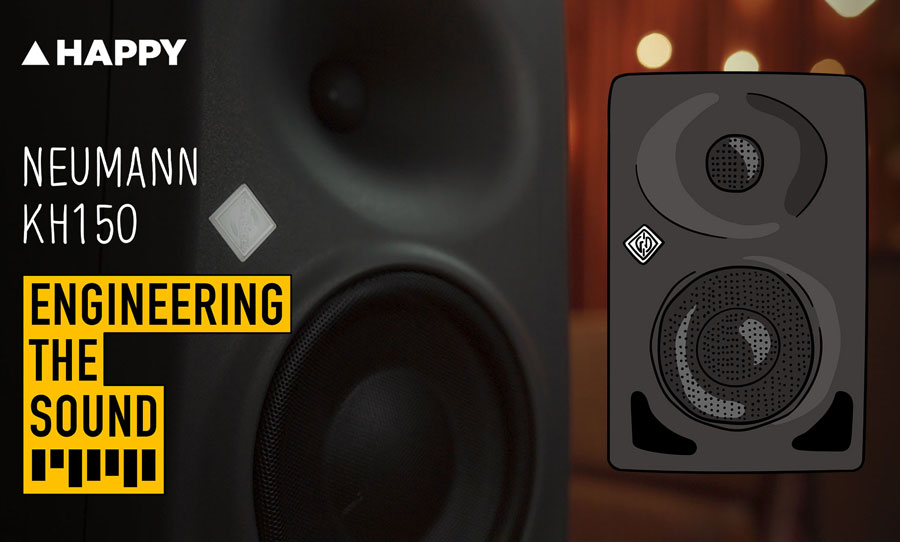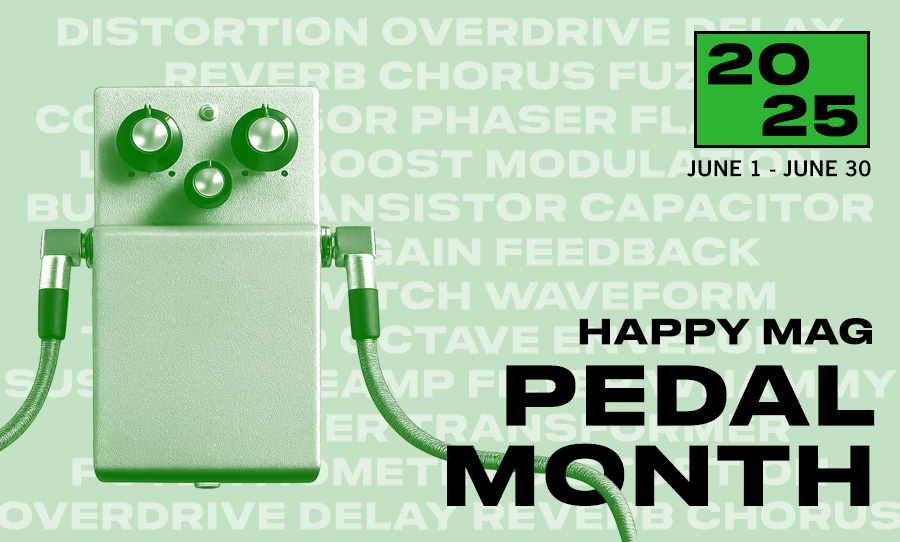We tested out the new Neumann KH 150 studio monitors. Is Neumann setting a new standard for speakers in line with their incredible reputation for microphones?
When choosing monitors (not a computer monitor…) for your studio you must consider many aspects from sound to frequency response to size to price. The usual suspects of brands come to mind, but when a company as ingrained in the recording industry as Neumann drops studio monitors you should listen.
Established in 1928 in Berlin by Georg Neumann, the company Neumann has consistently provided the benchmark for superior audio manufacturing worldwide. From their first success — the dictator-approved CMV3 condenser microphone — to the U47, one of the most revered and copied mics of all time, and beyond into the present with an endless series of microphones built to satisfy recording engineers, musicians, and listeners the world over.
We reviewed their new KH 150 nearfield monitors for a test in our studio B at Noise Machines.
On top of these triumphs in audio, Neumann has been in the headphone game since 2019, and since 2010 acquired the distinguished, 1945-established German speaker company Klein and Hummel to begin the production of their KH studio monitor series.
The KH 150 nearfield studio monitors represent the leading edge in active speaker technology, powered by energy-efficient internal class D amplifiers with DSP components and crossovers to avoid analog distortion. Sitting between the smaller KH 120 model, and the mid-field 3-way KH 310 monitors, the 2-way KH 150’s contain a 6.5” woofer and a 25mm tweeter, providing a near-ruler-flat frequency response from 36Hz up to 21kHz.
The internal DSP also allows you to cater for some room frequency deficiencies without worrying about extra software. Using Neumann’s Automatic Monitor Alignment system you can tweak them to your room, but you will need to grab the separately-sold Neumann MA-1 alignment microphone to really make use of this feature. This is transferred to the monitors via an ethernet connection on the rear, so you’ll need to have these connected to a network to feed all your room measurements in.

Connection-wise, the monitors are powered by standard IEC cables and can be fed analog audio via the XLR inputs on the rear, utilising the internal 48kHz/24bit AD conversion, or over digital S/PDIF via RCA. You’ll also notice a plethora of controls on the rear for really tailoring these speakers to your listening space, with some fine examples shown in the manual.
With these controls, you’re able to attenuate the bass and low mids by up to -6db, raise the highs by 1db or lower them by -2db, lower the total output range down from 114 dB to 94dB, lower your input gain by 15dB, along with selecting your input, mono-ing your speakers, lift the ground to avoid any noise issues, and make the local network connection active.
Volume-wise, we had a hard time maxing these out – the woofer has a 145-watt amplifier, and the tweeter has its own 100-watt amp; You’ll deafen yourself before you manage to get these monitors to clip.

These are a fantastically rich and detailed studio monitor that provides a beautiful wide soundstage for all critical audio situations and also make for a brilliant listening experience across every genre we could throw at them. The bass dips down low enough to not really miss a subwoofer with them, and the top end is nice and flat, so the only harshness you might encounter will be from your own mixes.
The Neumann KH 150 comes in at about $2699 Australian per monitor and can be picked up from all good audio retailers. For more info on the Neumann KH 150 head over to Neumann.com


